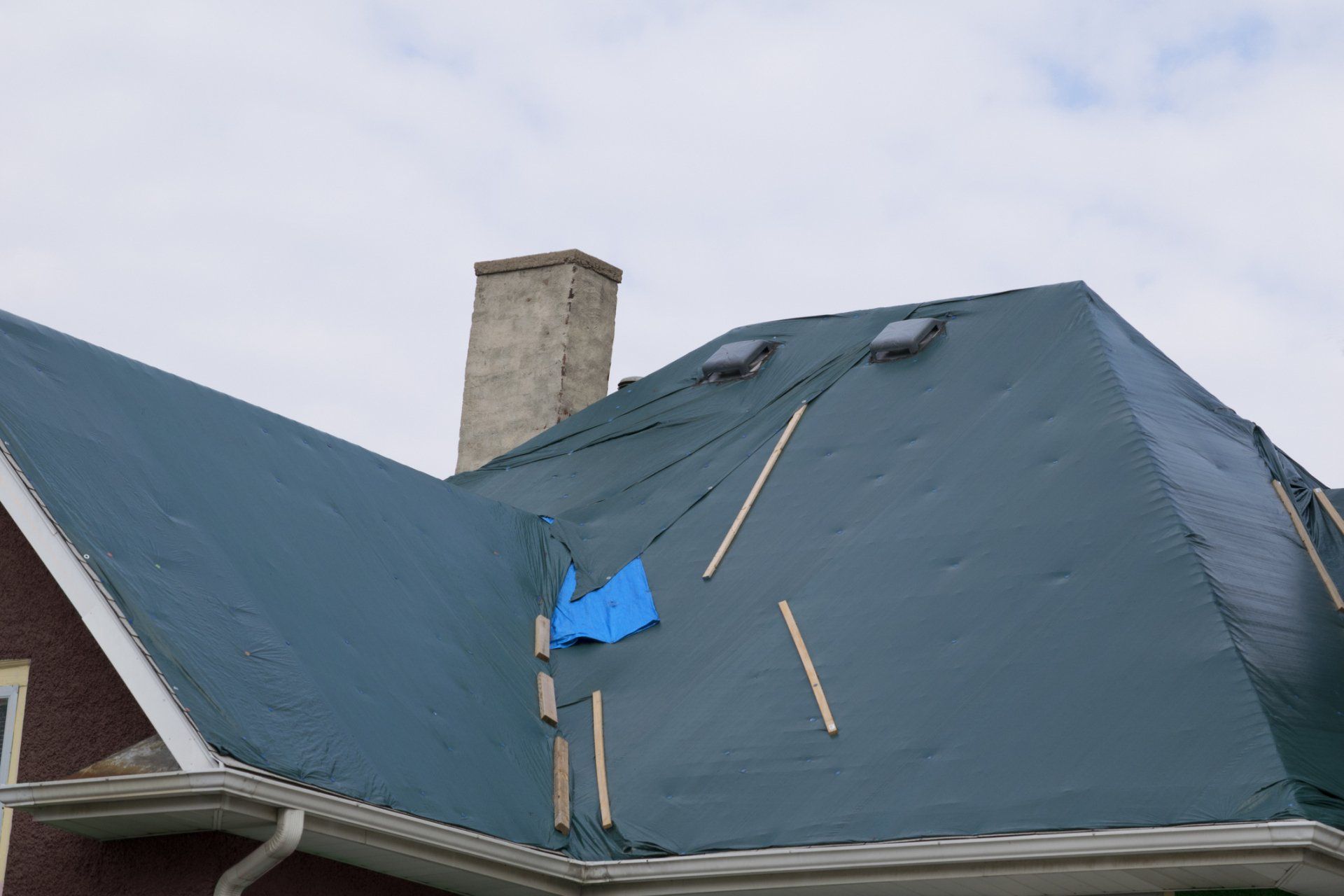EPDM vs TPO
There are many types of single-ply roofing materials, but the two most popular are TPO and EPDM. Both have their pros and cons. Understanding the differences between these two materials will help you make an informed decision about which one is best for your building.
What is TPO?
TPO is a polyethylene-based single-ply membrane that can be installed in warm and cold weather. It has excellent properties for adhesion and puncture resistance, and it's resistant to ultraviolet light (which causes materials to break down). The material also has good elongation and flexibility characteristics (how much the material deforms before breaking).
What is EPDM?
EPDM, or ethylene propylene diene monomer, is a synthetic rubber that was introduced in the United States in the early 1970s. It has good adhesion and elongation properties, and it can be installed in cold weather (though not as easily as TPO).
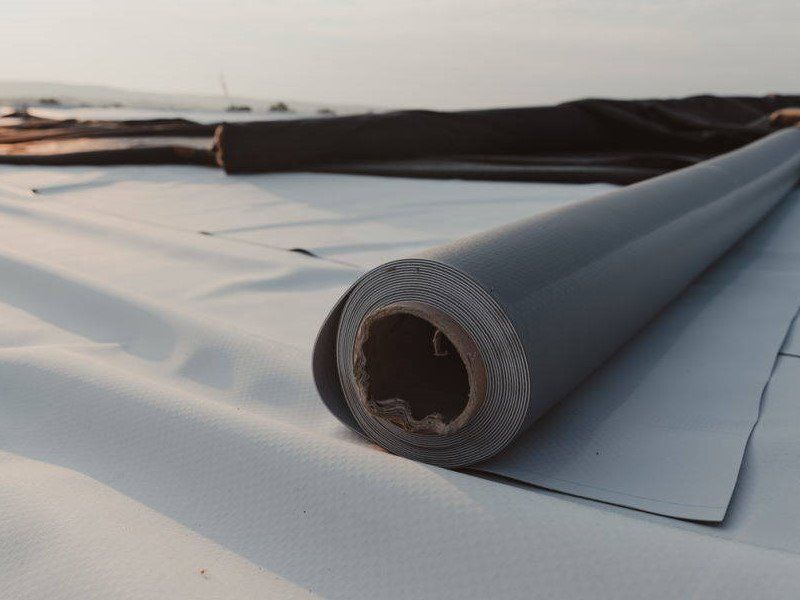
TPO VS EPDM - Factors to Compare
Though they are both popular roofing options, they do have some differences. Understanding these differences is the best way to select which material is right for your building.
Durability
TPO has good puncture resistance and tensile strength (how much force it can hold before tearing), but it can be more expensive than EPDM because of its better performance and UV resistance.
EPDM has a high resistance to aging, but it doesn't have an as good puncture or UV resistance as TPO.
Ease of Installation
Proper installation is the most important part of any roofing project. If it isn't installed properly, even the best materials will fail.
Whether you're using TPO or EPDM, the installation is easy. Both materials are installed by simply unrolling them on top of your existing roof and fastening them down with screws or adhesive.
Both TPO and EPDM can be attached in many different ways. TPO can be attached mechanically with self-sealing fasteners, adhesively bonded to the roof, or it can use an electromagnetic induction welding system.
EPDM is commonly attached by means of EPDM adhesive tape sealants on seams and around penetrations. It can also be attached mechanically with self-sealing fasteners.
How seams are joined?
One of the main differences between TPO and EPDM is how the seams are sealed. In order to form a watertight seal, both materials have to use adhesive tape or other methods that essentially "weld" the pieces together.
For TPO, hot welding is used. For EPDM seam tape is used. Hot welding results in seams that are much more reliable, but it's also more expensive. Seam tape is easy to apply, which makes it a popular choice for many contractors.
Installation Costs
Costs can vary depending on the contractor who installs your roof, but TPO is usually more expensive than EPDM. In general, EPDM is about 20% less expensive to install than TPO.
TPO comes in short rolls that mean more seams to join. Also, the seams are hot welded by skilled labor which also charges higher rates
EPDM comes in wide rolls, so fewer seams have to be joined on the roof. It's also usually easier for a contractor to install EPDM than TPO.
Life Expectancy
TPO has a typical life expectancy of 7 to 20 years, with 10 years being the average.
EPDM usually lasts 20 to 30 years. While this is significantly longer than TPO, it's also more expensive.
Track Record
TPO is a new material, so it's difficult to measure its life expectancy. But based on the other polyethylene-based materials that are out there, 7-20 years is reasonable. Also, the manufacturers are continuously testing out new formulations that could potentially extend the life expectancy of TPO.
EPDM has been out for decades, so it's had plenty of time to build up a track record. Again, 20-30 years is the average life expectancy based on many installations over time.
Maintenance Costs
Both materials are very durable and relatively maintenance-free. But EPDM roof requires more maintenance than TPO.
An EPDM roof is more likely to need repairs because polymers in EPDM might break down or tear with age. Also, EPDM requires regular inspections for wear and tear during the warranty period.
TPO is not as easy to maintain, but it still requires very little maintenance after installation. It is more expensive than EPDM, but it requires fewer
repairs over time.
Energy Efficiency
TPO roofing in white reflective color can reflect sunlight and keep your building cooler, which can save you money on energy costs. TPO is also available in dark colors that will absorb the sun's rays and keep your building warm. This can also save you money on heating costs during colder months. So if you want to go for TPO choose the color that is suited for your climate.
EPDM is naturally black and is designed to absorb the sun's rays. This helps heat your building in the winter, but it can also make it hotter inside during the summer months. However, you can get an EPDM membrane that is coated with a reflective white layer. This helps keep buildings cooler on sunny days and is energy-efficient.
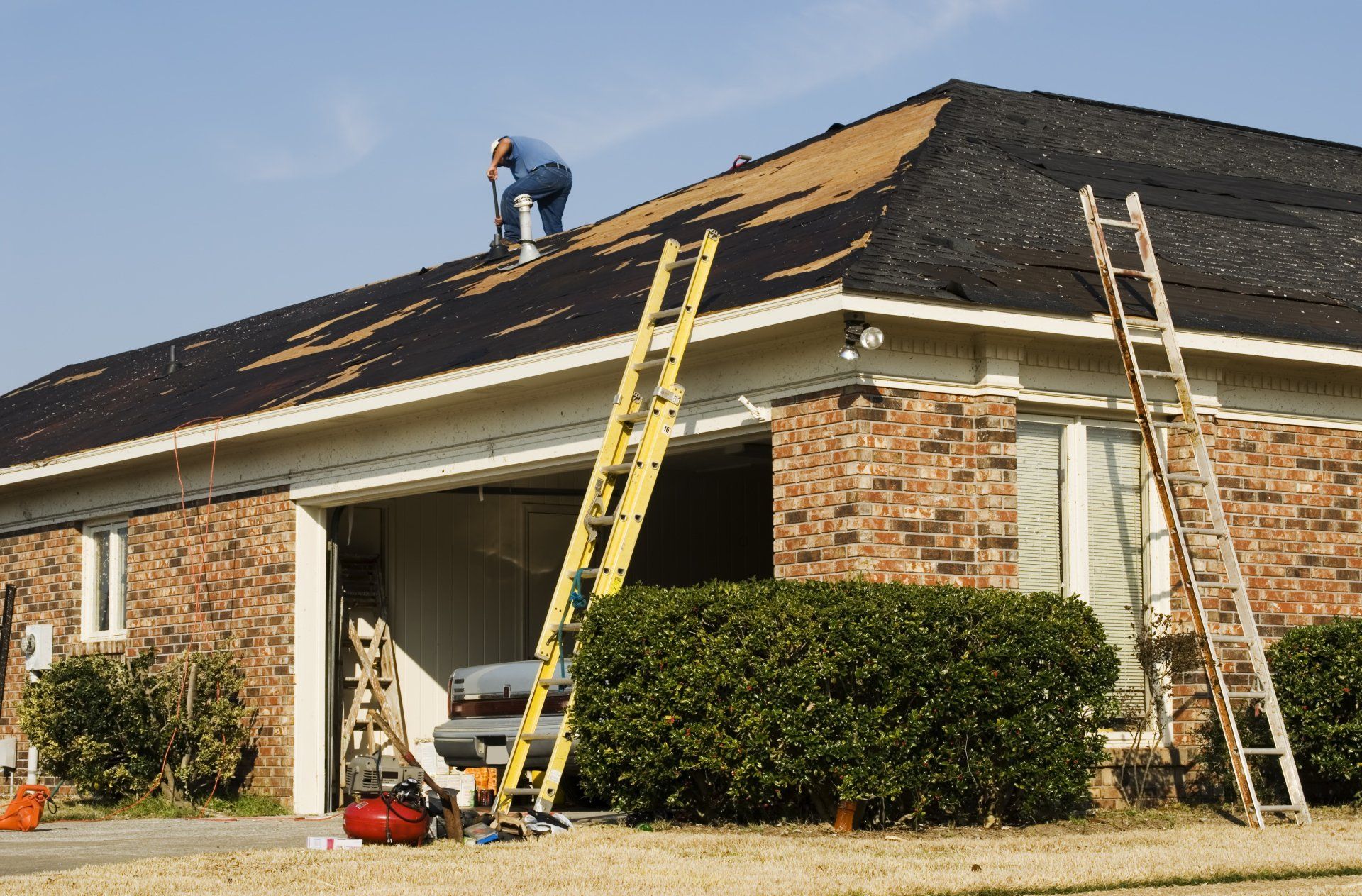
Resistance to Hailstorms
TPO can be used in areas that receive an average amount of hail. But if you live in a part of the country where hail is common, EPDM roofing is a better choice because it's more robust and durable than TPO.
EPDM is designed to withstand hail. It can handle almost any type of weather condition, including hail storms. The rubber material bounces hail away instead of breaking apart.
Resistance to Chemicals
TPO is much more effective in resisting chemicals, which makes it a popular choice for restaurants and other industries where chemicals are regularly used.
However, asphalt is not resistant to TPO. So, if you are installing a TPO roof over the asphalt, you must use a separate layer of protection to keep the asphalt from seeping through.
EPDM is resistant to chemicals, but it's not as nearly as much as TPO roofs. So if you have a building where chemicals are used regularly, use EPDM roofing instead of TPO. If your building uses asphalt roofing.
Mold and Mildew Resistant
Both are good at resisting mold and mildew. But TPO is better at resisting mold because it's less porous than EPDM. If your building is located in a wet or humid area, TPO roofing is more likely to keep out moisture.
Resistance to UV Rays
UV rays can break down a membrane, which can lead to leaks and other problems. So it's important to choose a roofing membrane that is resistant to UV rays in order to reduce maintenance costs in the long run. TPO is more effective at resisting UV rays than EPDM.
Restoring
If you notice water entering your building, that’s a sure sign that something is going on with your roof. On a TPO roof, the usual cause of a leak is that seams have separated, allowing water to enter your insulation.
To restore the TPO roof, you need to clean all debris from the roof and remove any blisters that might be present. Then you can use a spray-on adhesive or tape to seal seams and restore your roofing system.
EPDM is another story. If water enters your building, it's most likely because of a crack in the membrane or a penetrating object such as a nail or screw that’s poking through the rubber or plastic. You will need to cut out and remove the damaged part, then prepare the roof for patching by cleaning debris from the area around the crack. Then you can apply a layer of elastomeric coating or flexible adhesive.
Thickness
TPO roofs are manufactured in thicknesses of 45-60 mils, which is similar to the thickness of most EPDM membranes. But if you are comparing roofing membranes with a thicker membrane, TPO will offer more durability because it has greater tear strength and puncture resistance than EPDM.
Roll Size
The average TPO roll size is 8 feet wide by 50 or 100 feet long. The average EPDM sheet size is about 50 feet wide by 50 feet long, so it's larger than the typical TPO roll size. Fewer seams also mean fewer places for water to leak into your building. Plus, it is easier to install a large sheet of EPDM since it can be laid out flat on the building. The seams end up at the inside edges where you won't be able to see them.
Shrinkage
As EPDM becomes exposed to sunlight, it shrinks and pulls away from its seams. Over time, the membrane might shrink enough that your roofing system will no longer be waterproof.
TPO does not shrink as much as EPDM, which makes it a better choice for roofing systems in environments where temperatures and weather fluctuations can change on a regular basis.
Seam Strength
When compared to EPDM, TPO has superior seam strength. This means that seams are less likely to separate or tear in high winds. This is one reason why TPO is a better choice for roofs located in windy areas.
In Conclusion
Both TPO and EPDM are durable roofing materials that last for many years. However, when compared to EPDM, TPO offers better seam strength in windy conditions and resistance to shrinking in sunlight. TPO also resists mold growth better than EPDM.
If you have a building where chemicals are used regularly, use TPO roofing instead of EPDM. If your building is located in a wet or humid area, if mold or mildew is present on the building, or if you are concerned about UV rays breaking down your membrane over time, choose TPO. EPDM is better suited for roofs in hot climates with minimal temperature fluctuations.
Contact Southern Roofing Systems for all of Your TPO and EPDM Roofing Needs
There are many factors to consider when choosing a roofing material for your building, such as the projected lifespan of the system and maintenance costs. If you want to make an educated decision about which type of roofing is best for your building, contact Southern Roofing Systems today. We offer free quotes so you can see how installing TPO or EPDM on your commercial building can be affordable for your business. Give us a call today!

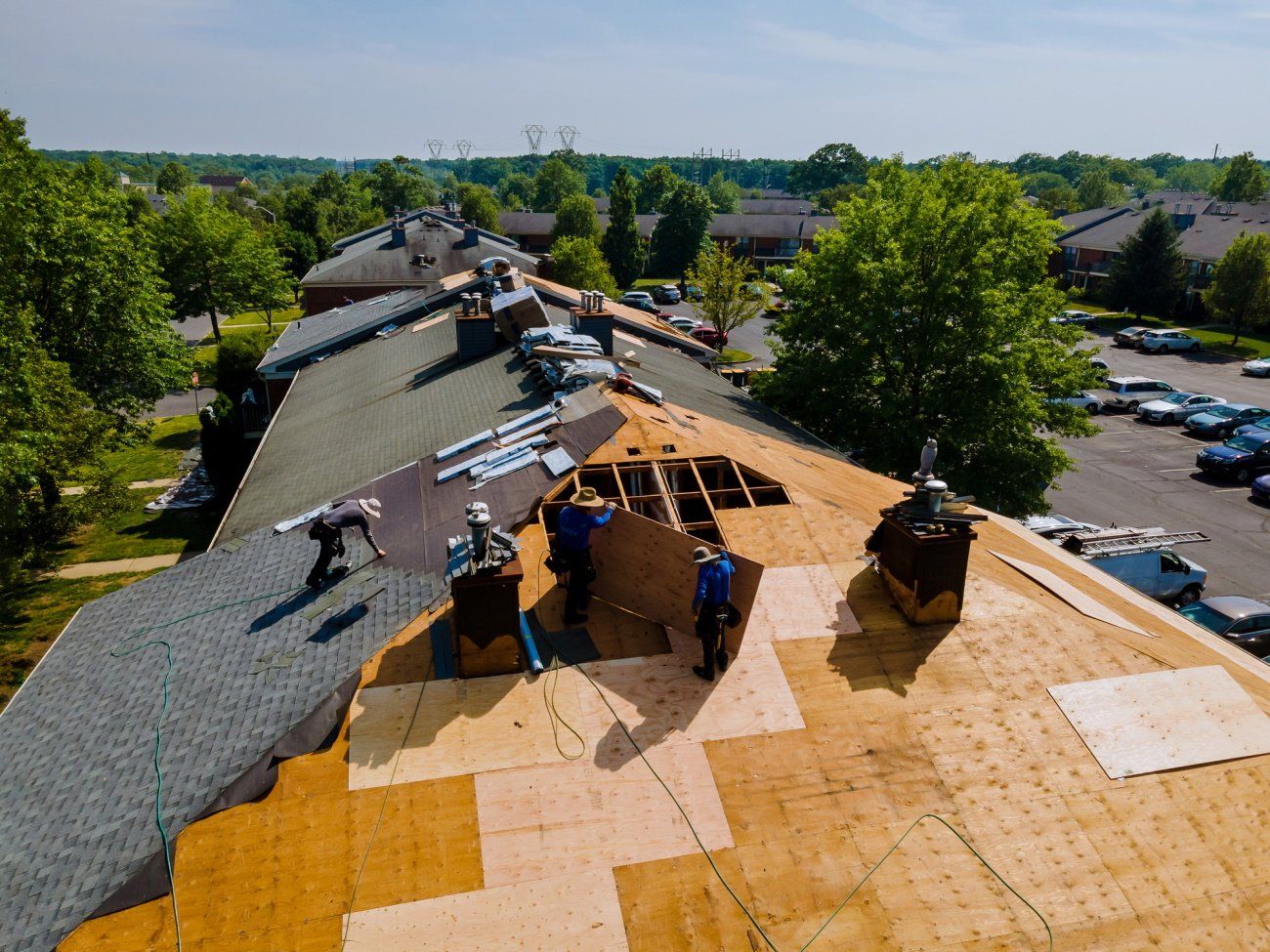
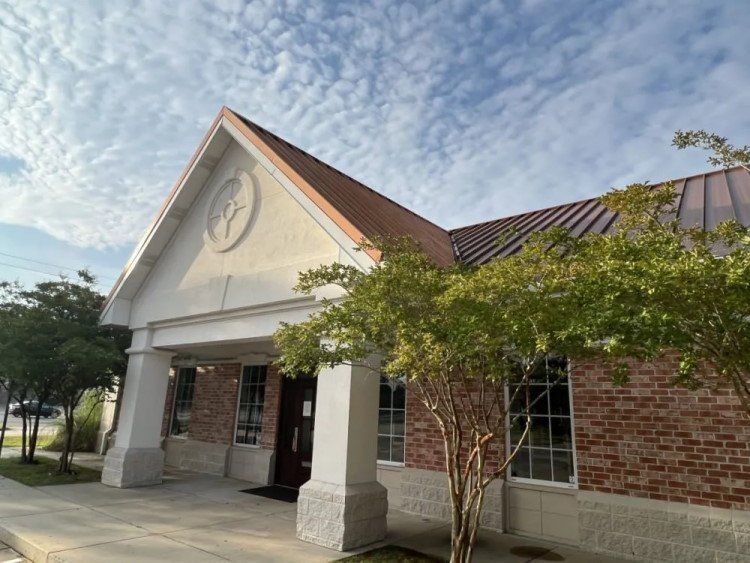
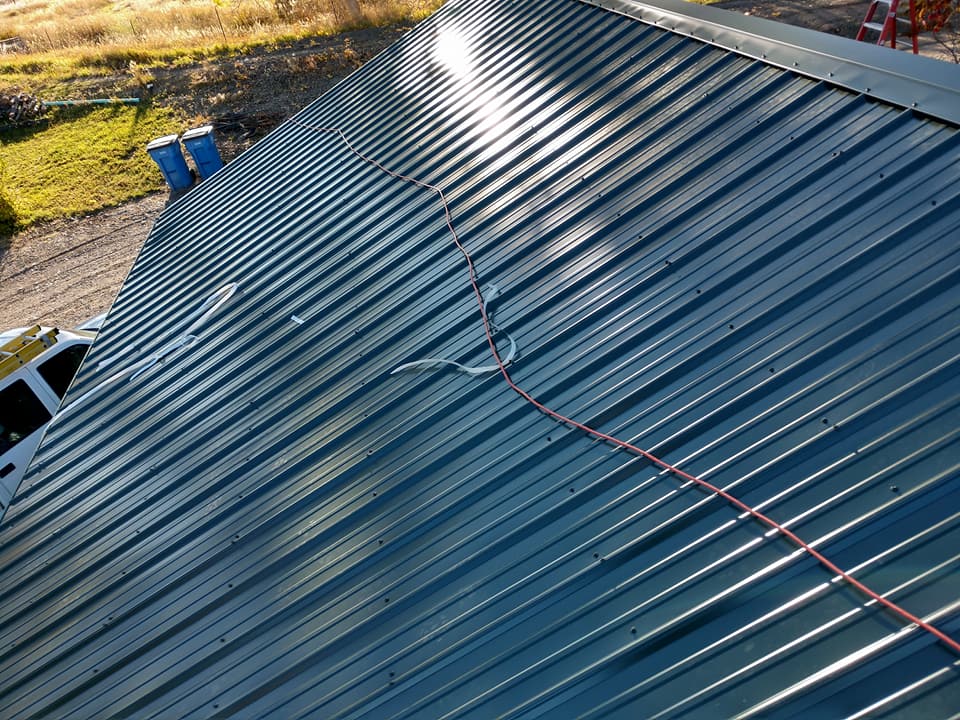

![What Is Torch Down Roofing? [Benefits and Downsides]](https://lirp.cdn-website.com/d89ea654/dms3rep/multi/opt/iStock-1092069734-6690c8ea-1920w.jpg)
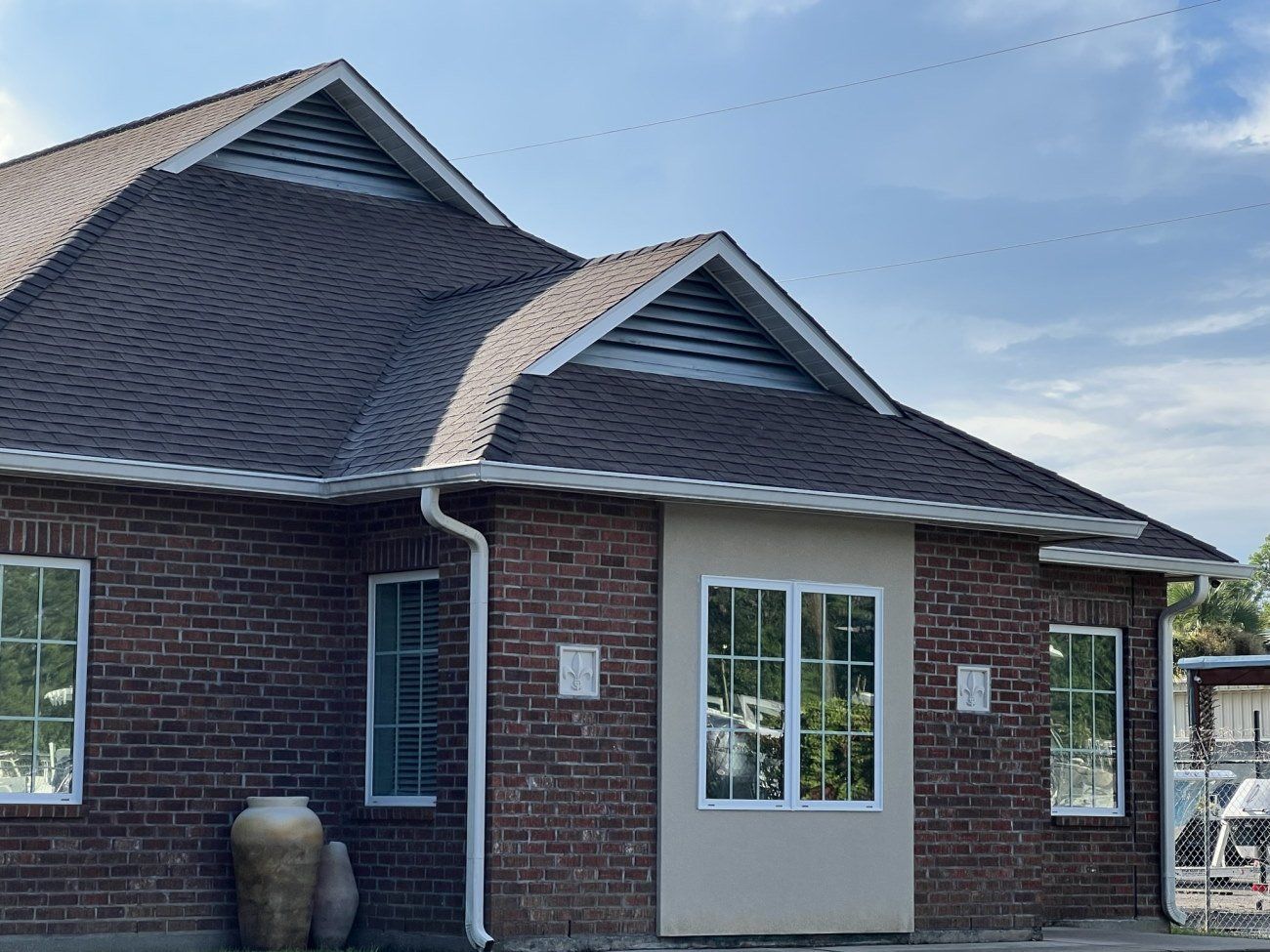
![How to Remove Moss from Your Roof [The Ultimate Guide]](https://lirp.cdn-website.com/d89ea654/dms3rep/multi/opt/older+roof+in+need+of+roof+repair+in+Orange+Beach-1920w.JPEG)
